How To Prevent Running Injuries
How can I prevent running injuries? What should I do if I start experiencing pain while running? As healthcare professionals, these are just a few questions we get asked regularly.
At Kinectiv Sport & Health, we often see individuals who injure themselves frequently, experience burn-out or have hit a plateau with achieving their running goals. By addressing the following 6 factors when running, you can prevent, treat and most importantly enjoy running with a strong and healthy body.
1. Incorporate proper warm-up and cool-down
Regardless of the type of exercise you choose, it is critical that you don’t skip your warm-up and cool down. A dynamic warm-up will be the most effective to improve your athletic performance and prevent injuries. This type of warm-up focuses on full-body movement with multiple muscle groups being worked at once. Try incorporating 5-10 minutes of a dynamic stretching warm-up prior to your run.
At the end of your run, a cool down will help alleviate excess muscle soreness and aid in muscle recovery in time for your next run. Try performing some static stretches to help improve mobility. Make sure that these stretches are done immediately after your run, while your muscles are still warm.
2. Strengthen your Lumbopelvic Core
The lumbopelvic “core” system acts like a corset around the pelvis to increase stability, allowing our lower extremity to work off a strong foundation when propelling us forwards. If the core is too engaged (rigid) or if the core is under-engaged (weak), it will not function optimally which may result in injuries. A dysfunctional core while running may also present with breathing difficulties (“side stitches”) or pelvic floor symptoms such as leaking, heaviness or pain.
The core is always activated while running. However, it should relatively relax/lengthen during inhalation and then recoil/shorten during the exhale phase of a diaphragmatic breath. The diaphragm (breathing muscle) and the pelvic floor work together like a piston to breathe and create core stability. As the diaphragm contracts, it pulls the air into the lungs and at the same time, the deep abdominal and pelvic floor muscles lengthen and expand. As we exhale, the pelvic floor and diaphragm recoil, while the deep abdomen and low back muscles contract to create stability and strength.
For optimal function of the core system, position the diaphragm over the pelvis while running; this should look like the body is slightly falling forwards (Fig. 1). Being too upright (Fig. 2) or too forwards (Fig. 3) will result in improper running mechanics and poor lumbopelvic functioning and stability. The thorax should also be mobile in rotation (not rigid) and rotate opposite to the pelvis rotation.
Learning how to use your core in run specific postures may help your run performance and prevent injuries. Seeking an assessment from a physiotherapist who specializes in pelvic health can be greatly beneficial. Many of these therapists also use real-time ultrasound devices to examine the deep abdominals and pelvic floor muscles to see if they are functioning optimally.
3. Importance of Sufficient Hip & Gluteus Strength
To run efficiently and injury-free, it’s important to also ensure sufficient strength of the hip and gluteus musculature systems. Weakness of these muscles can cause significant biomechanical errors in running form. Weakness in the lateral hip and deep gluteus muscles can subsequently cause your knee to collapse inwards during the contact phase of the gait cycle.
Over time, this can often present with common lower extremity injuries seen in runners, such as Patellofemoral Pain Syndrome and IT Band Friction Syndrome. Ensuring proper strength around the pelvis and hips will provide optimal dynamic alignment each time your foot contacts the ground (Fig. 5); here the knee is not collapsing inwards, which allows for proper alignment from the hip down through the knee and to the ankle joint.
4. Avoid Overtraining
Run for tomorrow! Whether you’re learning to run or training for a marathon, overtraining can be a problem for any type of runner. Running is about enjoying the process. In fact, if you’re training to run 5km or 10km in a specific time, training slower can actually help you run faster
In order to run faster, you don’t always need to train at a high speed. Your body is an adaptive mechanism. If you’re running hard all the time, it will lead to fatigue very quickly. Even with the best recovery tools and treatment, overtraining can lead to injury or breakdown of biomechanical systems in the body.
Incorporating cross-training and other forms of exercise will help your body perform better and avoid injury.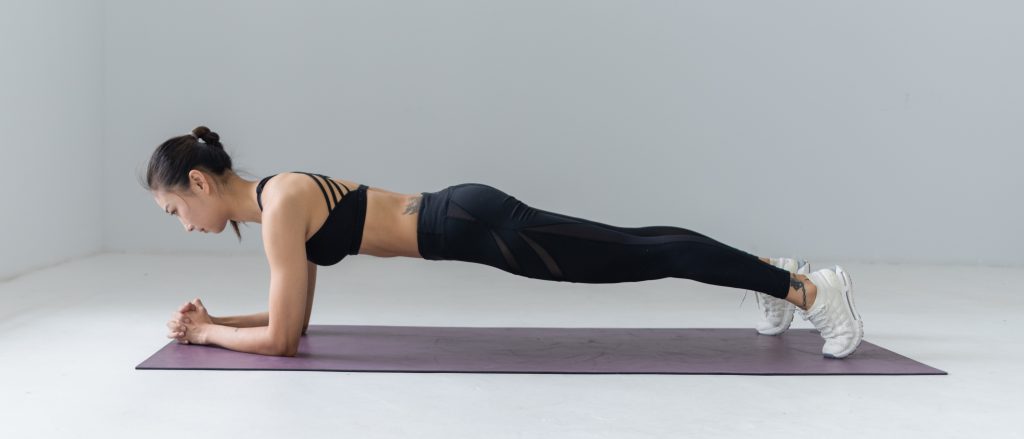
If you’re new to running, try using the Galloway Method or Maffetone Method to prevent injury. Galloway prescribes walking and running intervals while Maffetone encourages running at comfortable target heart rates.
Or perhaps you’re a more advanced runner. In that case, we suggest Matt Fitzgerald’s 80/20 running method where 80% of your runs are done at an easy pace, and 20% of your runs are at a challenging pace.
5. Have Proper Footwear & Support
Don’t forget about the footwear supporting your feet! Otherwise, you’re likely missing a big piece of the puzzle for optimal and pain-free running. Seek a proper footwear assessment from a Fit Expert at Kintec to ensure you’re running in the best shoes for your unique feet and biomechanics.
Book your free footwear appointment
6. A Specialist Can Help
We all run for various reasons, but in the end, we all want to be able to run without pain.
There are many factors that can predispose an individual to pain and running injuries (ie. poor biomechanics and strength, improper training, congenital factors and poor footwear). In order to maximize your chances of running pain-free, take initiative and prevent injuries before they occur. If you’re feeling like any of the points above are a barrier to you running your best, seek assistance from a knowledgeable healthcare professional. They will be able to assess you and provide guidance so you can run injury and pain-free!

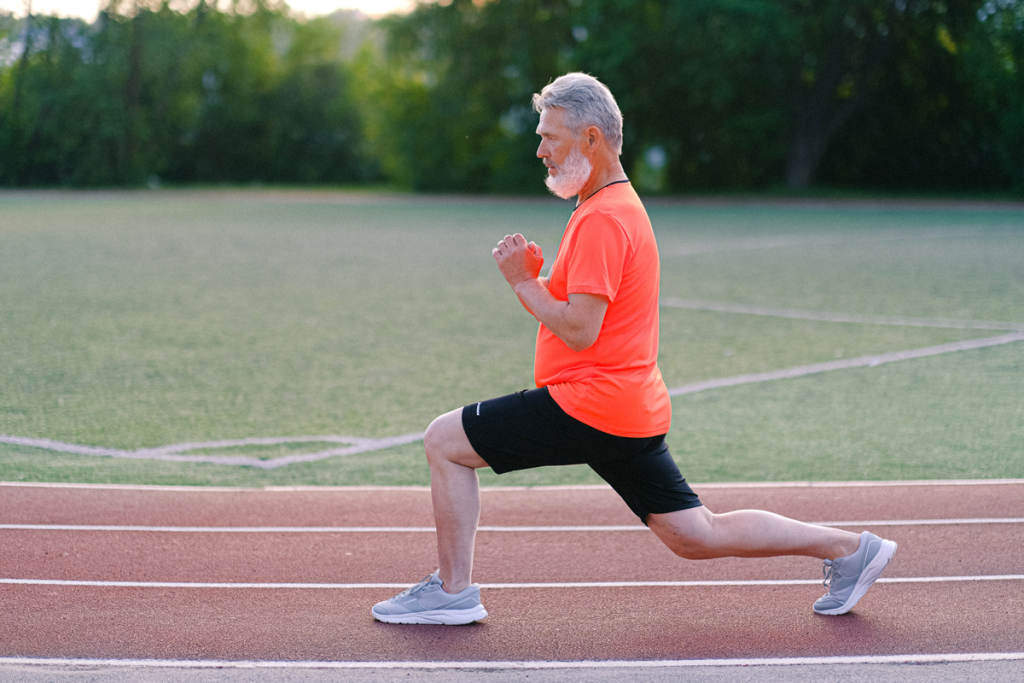

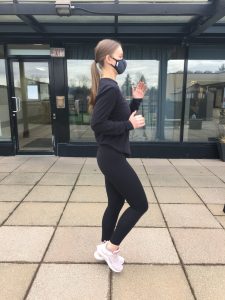
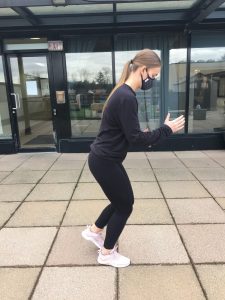
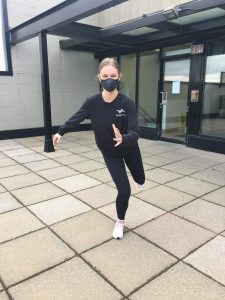

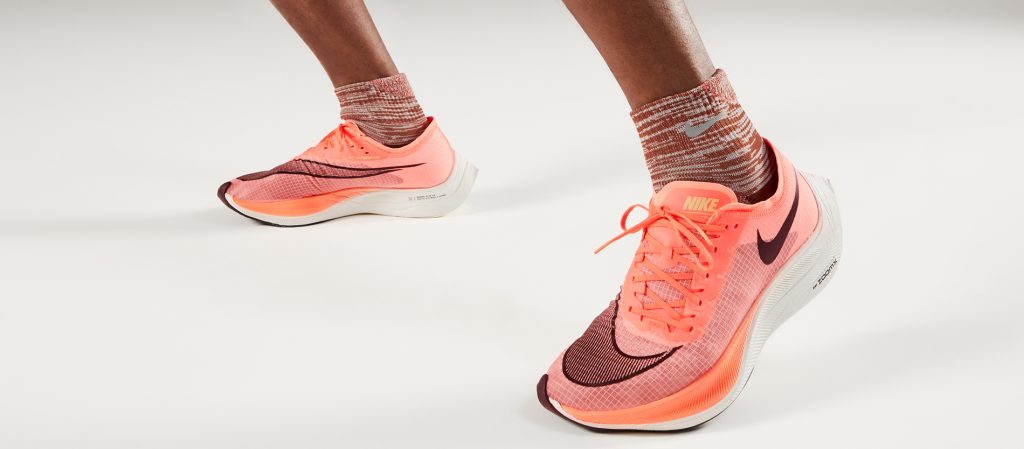
Sorry, the comment form is closed at this time.